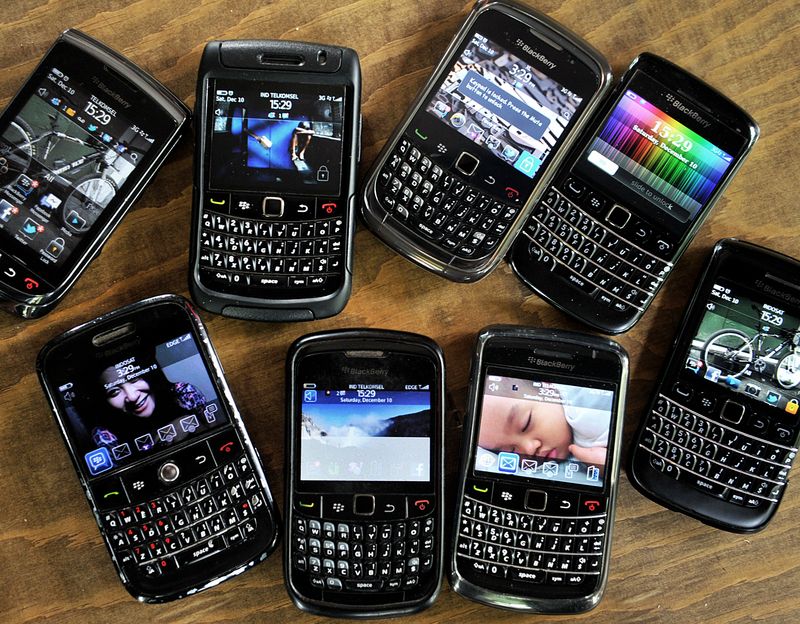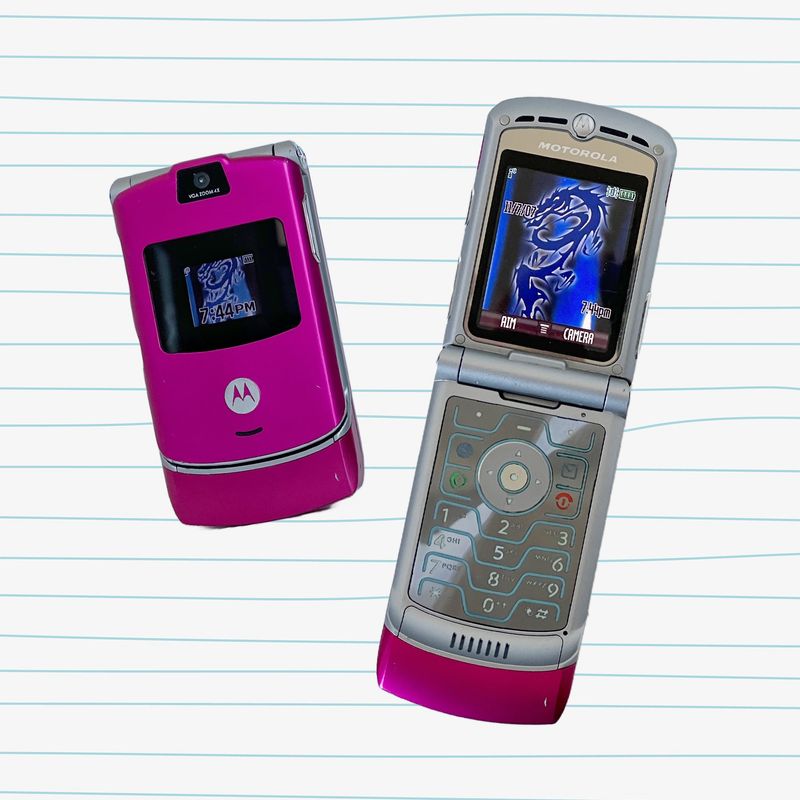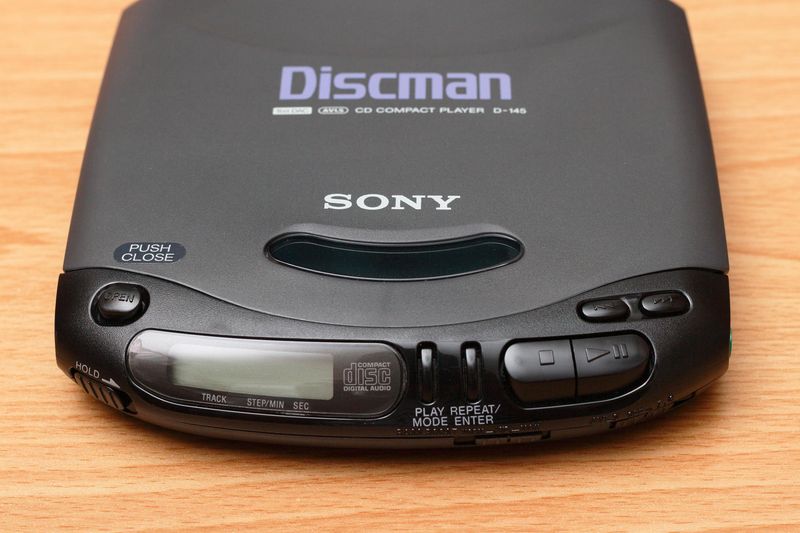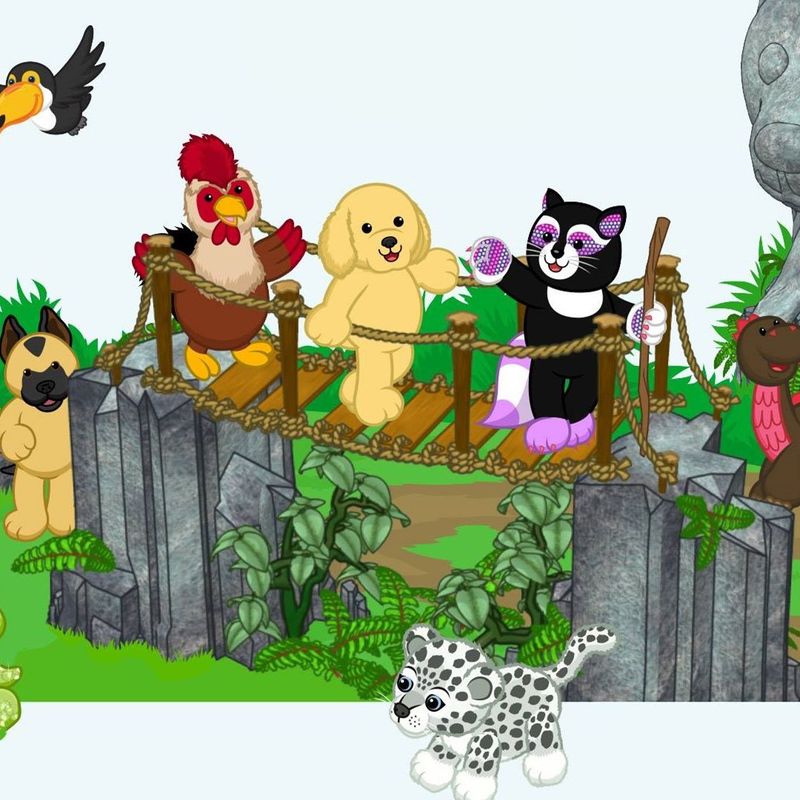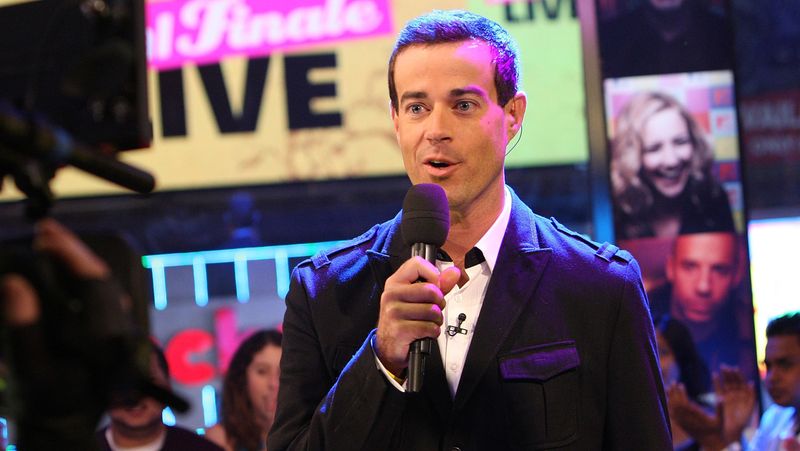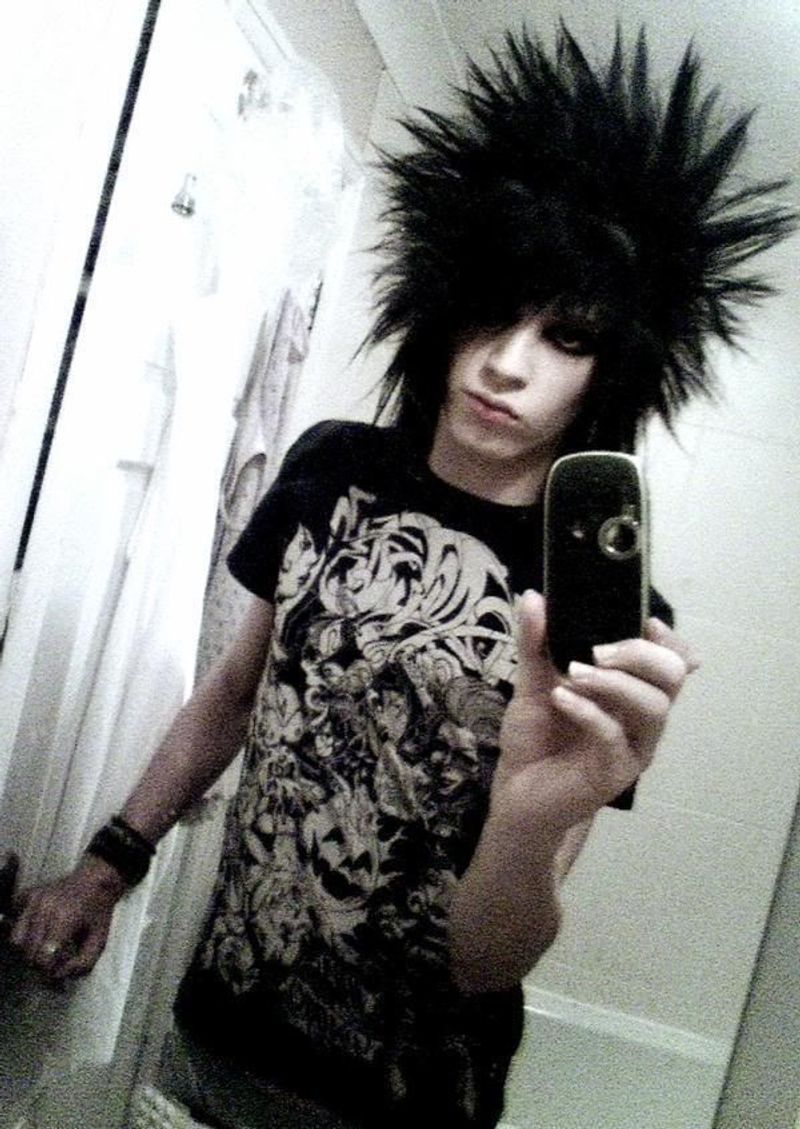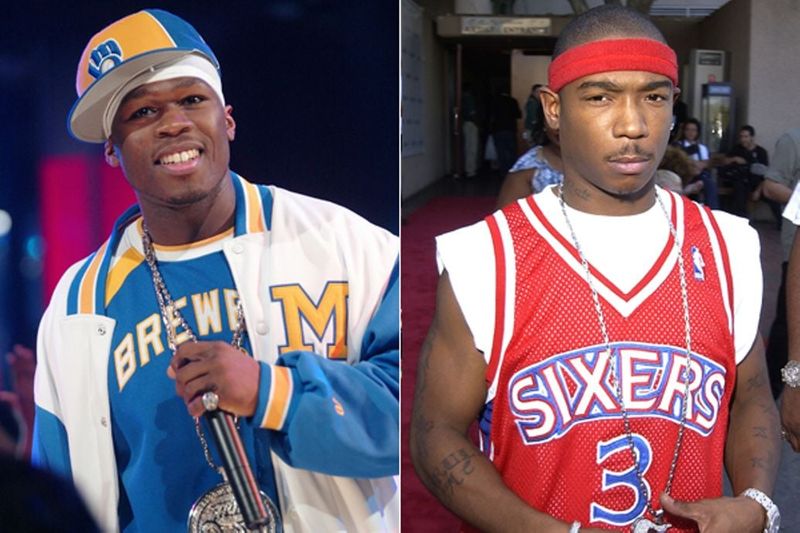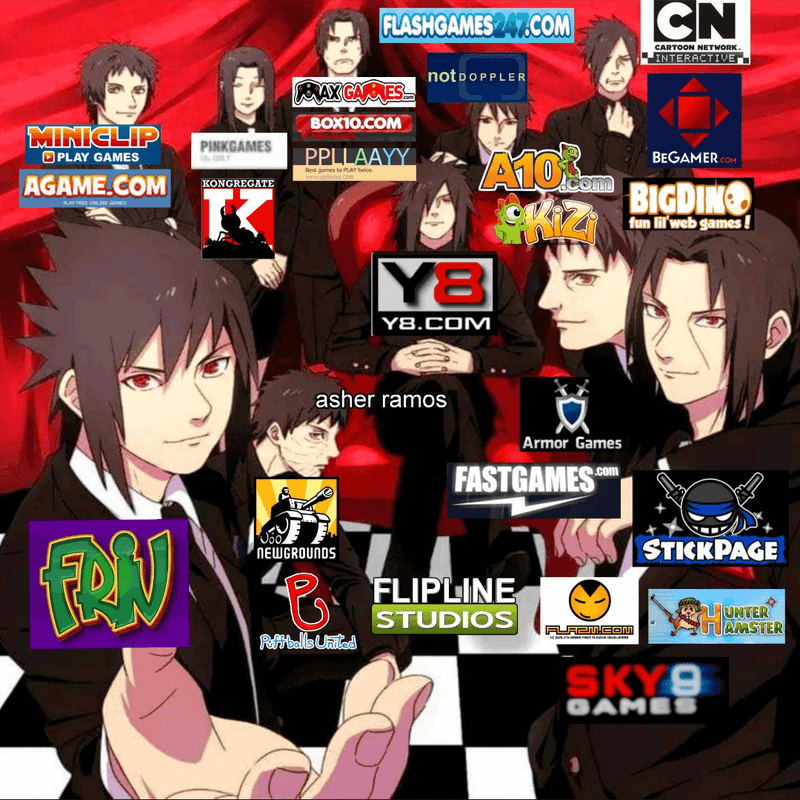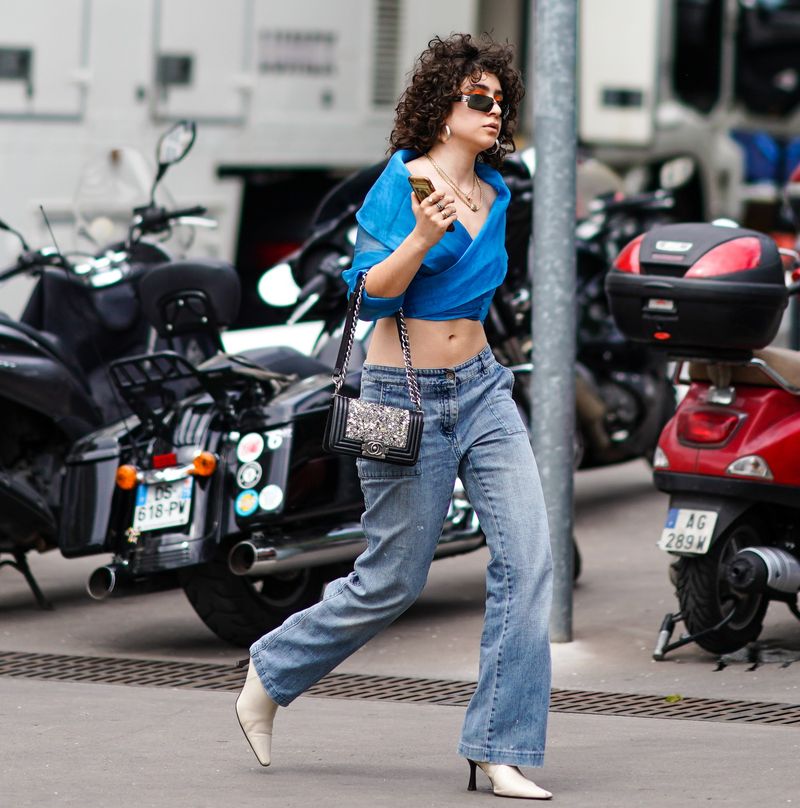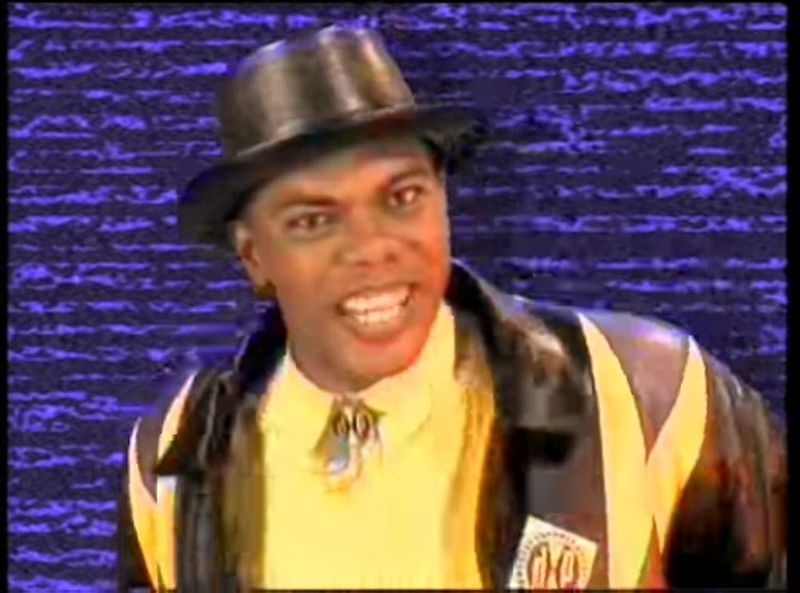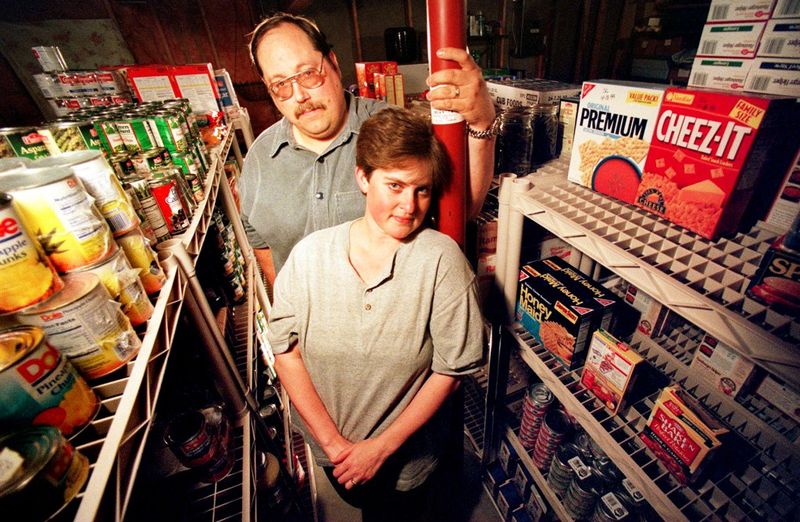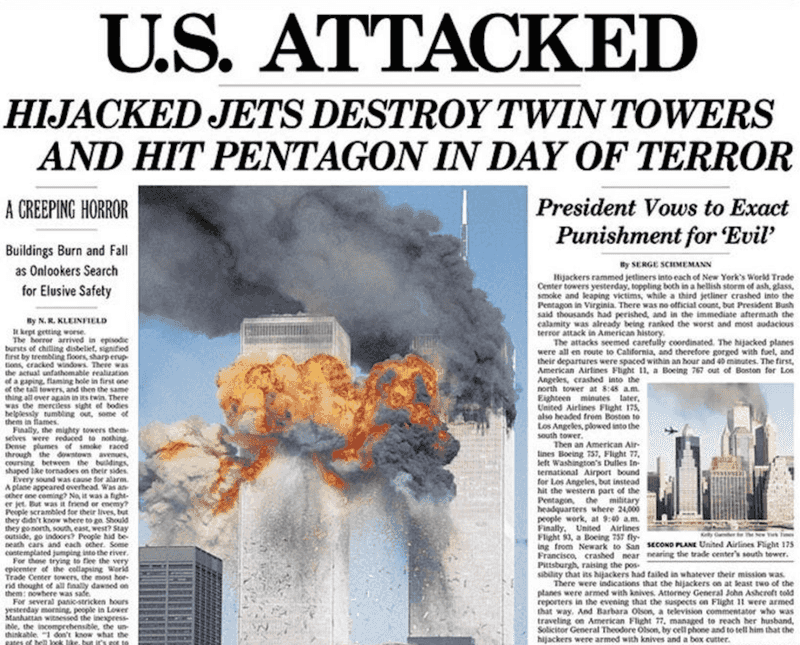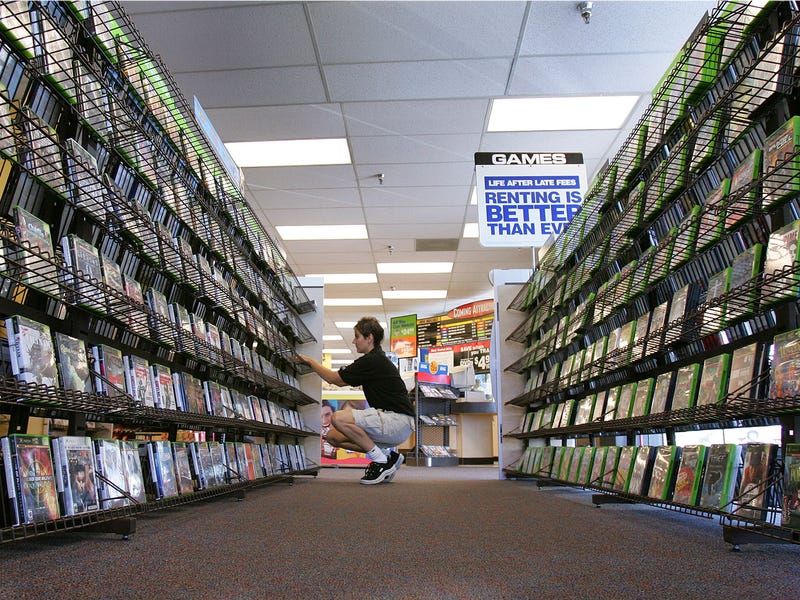Remember the early 2000s? That strange time of questionable fashion choices, primitive technology, and cultural phenomena that seemed so important then but have mysteriously vanished from our conversations today.
As we moved into the 2010s and beyond, these once-daily topics simply faded away, replaced by new obsessions and technologies. Let’s take a nostalgic trip back to what we all suddenly stopped discussing.
1. PDAs (Palm Pilots & BlackBerrys)
Before iPhones dominated our pockets, executives and tech enthusiasts flashed their Palm Pilots and BlackBerrys like badges of honor. The distinct click-clack of those tiny keyboards announced your importance in any meeting.
People would frantically stylus-tap their way through calendars or thumb-type emails, convinced these devices represented the pinnacle of mobile technology. Now these once-revolutionary gadgets gather dust in drawers, completely overshadowed by touchscreen smartphones.
2. AOL Instant Messenger
That iconic door creaking sound meant one thing: AIM was open and your friends were online. Remember crafting the perfect away message with song lyrics that conveyed your exact emotional state? Or spending hours customizing your buddy profile?
The simple question “A/S/L?” (age/sex/location) launched countless conversations in chatrooms across America. Those yellow running man icons and carefully chosen screen names were our first digital identities before Instagram handles took over.
3. Flip Phones With Custom Faceplates
Nothing beat the satisfaction of dramatically ending a call by snapping your flip phone shut. These pocket-sized status symbols reached their zenith with the Motorola Razr – impossibly thin and undeniably cool.
We’d spend hard-earned money on interchangeable faceplates, turning basic phones into personalized fashion accessories. Some went for rhinestone-encrusted bling, others preferred band logos or cartoon characters. The customization options seemed endless, unlike today’s identical glass rectangles.
4. Portable CD Players & Burned Mix CDs
We lugged those bulky Discmans everywhere, despite their tendency to skip if you so much as breathed too hard. Anti-skip protection? A marketing myth we desperately wanted to believe.
Creating the perfect mix CD was an art form – carefully selecting tracks, arranging them in the perfect order, then painstakingly writing song titles on those circular labels. The anticipation while burning a CD at 4x speed was excruciating. Now streaming puts millions of songs at our fingertips instantly.
5. Webkinz & Neopets
Long before the Metaverse, kids were obsessed with these virtual pet worlds. Purchasing a plush Webkinz unlocked its digital counterpart, creating a strange bridge between physical and online play.
Neopets turned children into savvy economists as they navigated complex marketplace systems and played mini-games for Neopoints. The anxiety of returning after weeks away to find your digital pet starving was surprisingly real. These platforms were many kids’ first introduction to online communities and digital responsibility.
6. Celebrity Feuds (Like Paris vs. Nicole)
Before Twitter gave celebrities direct access to air grievances, their feuds played out through carefully crafted PR statements and paparazzi photos. The Paris Hilton and Nicole Richie falling-out captivated America during their “Simple Life” heyday.
Magazines devoted endless pages to analyzing who said what about whom. Was Britney team Christina or team Paris? The drama felt monumental without the immediate gratification of social media clapbacks. These pre-digital beefs relied on rumor, innuendo, and strategic red carpet comments.
7. TRL (Total Request Live)
Every afternoon, teenagers rushed home to see Carson Daly count down music videos while fans screamed outside MTV’s Times Square studio. Getting your favorite artist to #1 required dedicated phone voting campaigns.
TRL wasn’t just about music—it was a cultural touchstone where pop stars announced albums, movie stars promoted films, and fans got rare glimpses of celebrity personalities. The show’s cancellation in 2008 marked the beginning of MTV’s shift away from music videos, leaving a void no YouTube algorithm can truly fill.
8. Scene Kids & Emo Hair
Heavy black eyeliner, gravity-defying hair with side-swept bangs, and skinny jeans so tight they required a lying-down technique to put on. Scene and emo culture dominated teen fashion in ways that seem almost comical now.
MySpace angles—those carefully tilted overhead selfies—were perfected to showcase your latest hair color and your deep emotional connection to bands like My Chemical Romance. Hot Topic was the temple where devotees purchased studded belts, band tees, and enough hair dye to worry parents nationwide.
9. “Gangsta” Rap Beefs (50 Cent vs. Everyone)
The early 2000s rap feuds had real stakes, with diss tracks that took weeks to produce and respond to—not instant Instagram Lives. 50 Cent built his career on these conflicts, famously beefing with Ja Rule, Fat Joe, and practically anyone who crossed his path.
Fans debated these lyrical battles at school, waiting eagerly for response tracks. These conflicts sometimes spilled beyond music into actual violence. Today’s rap disagreements play out in comment sections and quickly manufactured singles, lacking the slow-burn intensity that once kept us all captivated.
10. Flash Games (Cool Math Games, Newgrounds)
Computer lab time meant one thing: frantically opening Cool Math Games before the teacher noticed. These simple Flash-based diversions—from the addictive simplicity of Line Rider to the rebellious crude humor of Newgrounds animations—defined online entertainment.
We’d huddle around screens watching stick figure animations or competing for high scores in games that loaded in seconds on dial-up connections. Flash’s official death in 2020 was merely a formality; these digital playgrounds had already been abandoned for mobile games and streaming platforms years earlier.
11. Low-Rise Jeans & Whale Tails
Fashion crimes of the early 2000s don’t get more notorious than ultra low-rise jeans paired with visible thongs. This deliberate underwear exposure—nicknamed “whale tails”—somehow became mainstream, with celebrities from Britney to Paris flaunting the look.
Sitting down meant constant vigilance against unintentional exposure. The jeans themselves sat perilously below hip bones, often revealing midriffs regardless of body type. This trend’s disappearance brought collective relief to millennials who still shudder at photographic evidence of their participation in this questionable fashion moment.
12. “Don’t Copy That Floppy” Anti-Piracy Ads
The war against piracy spawned hilariously ineffective PSAs like “Don’t Copy That Floppy” with its rapping narrator warning about copyright infringement. These campaigns evolved into the dramatic “You Wouldn’t Steal a Car” ads that preceded DVDs.
Meanwhile, everyone was burning CDs, downloading MP3s on Napster, and later, torrenting entire seasons of TV shows. The disconnect between these stern warnings and our actual behavior was massive. The industry’s panic about piracy seems quaint now that streaming services have largely normalized paying for content again.
13. Y2K Panic
As 1999 ticked toward 2000, genuine fear gripped America. Would computers worldwide crash when dates rolled from ’99 to ’00? People stockpiled canned goods, withdrew cash, and prepared for technological apocalypse.
News specials warned of potential nuclear plant meltdowns and banking system collapses. Some families built bunkers and bought generators. When midnight struck and nothing happened, the collective relief was palpable. The Y2K scare represents perhaps the greatest anticlimax in modern American history—billions spent preventing a disaster that largely existed in our imaginations.
14. “The War on Terror” News Obsession
Post-9/11 America was consumed by the War on Terror, with 24-hour news channels displaying permanent “terror alert” color codes in their corners. Phrases like “weapons of mass destruction” and “axis of evil” dominated conversations.
Americans monitored military operations in Afghanistan and Iraq with unprecedented scrutiny. Cable news ratings soared with war coverage and heated political debates. This constant state of vigilance eventually gave way to fatigue as conflicts dragged on without clear resolution. Today’s doomscrolling through social media has replaced those hours glued to CNN and Fox News.
15. Blockbuster Video Nights
Friday nights meant one thing: the family pilgrimage to Blockbuster. Walking those blue-carpeted aisles, scanning shelves for new releases that weren’t already rented out was a cultural ritual.
The pressure to choose the perfect movie before everyone got hangry was real. And nothing induced anxiety like those late fees! “Be Kind, Rewind” stickers reminded us of our renter responsibilities. The death of video rental culture wasn’t just about convenience—we lost the communal experience of recommendations from actual humans instead of algorithms.

